Nakṣatra Gaṇḍānta
Gaṇḍa has been clearly defined by Nārada as the period of a prahara (3 hours) covering the junction of agni and jala rāśi. These junctions are (1) Jyeṣṭha-Mūla (in Scorpio-Sagittarius) , (2) Aśleṣā-Maghā (in Cancer-Leo) and (3) Revatī-Aśvinī (in Pisces-Aries).
Maharṣi Vasiṣṭha defines a flaw called ‘Abhukta Mūla’ for these three junctions and any child born during the 180 minutes when the Moon is at these junctions. Period of 90 minutes is one Kāla (as in kālachakra) at the end of Aśleṣā, Jyeṣṭha and Revatī and 90 minutes at the start of Maghā, Mūla and Aśvinī is to be treated as Abhukta Mūla doṣa. The word Abhukta implies (a) uneaten as in fasting or being denied food for sustenance, (b) unenjoyed or unused as in abstinence indicating one who is neither a source of joy nor of any use to the world (society). It shows one who is like an unexpended unannounced guest disturbing and shocking the existing structure. The conjunction of the water and fire signs is treated as the conjunction between the Moon (water) and Sun (fire) which is like amāvāsya and Soma (nectar of life and immortality) is not available for the animal kingdom as the Moon hides in plant kingdom.
The exact lunar transit in one kāla (90min) is 0°50’ arc. The Abhukta Mūla doṣa portion of water signs is at 29°10’ to 30°00’ while in the fire signs it is in the beginning at 0°00’ to 0°50’.
This view of the Abhukta Mūla as defined by Nārada and Vasiṣṭha is supported by the seers Brahma, Saunaka, while Maharṣi Kaśyapa gives a higher prominence to the gaṇḍānta in Aśleṣā-Maghā and Jyeṣṭha-Mūla as producing serious Abhukta Mūla doṣa while underplaying Revatī-Aśvinī.
Nakṣatra ṣoḍaśāṁśa
Brahma defines this Abhukta Mūla in terms of space instead of time. The span of a nakṣatra is 13°20’ (800’) and this portion of 50’ is one-sixteenth (1/16th) portion of the Nakṣatra. In essence, every nakṣatra is divided into four pada of 3°20’ each which in turn are divided into four parts of 0°50’ each. The gaṇḍānta is in the first 1/16th portion of the nakṣatra in fire/odd signs while it is in the last 1/16th portion of the nakṣatra in the water/even signs. These sixteen portions of the nakṣatra are like the sixteen tithī called ṣoḍaśī where 15 tithī manifest and the 16th is śūnya (void).
Other views
Confusions exist about the definition of the Abhukta Mūla in the definitions based on tie and space. The word Prahara (प्रहर) is defined in jyotiṣa as a fixed period of 3 hours reckoned from sunrise. There are eight prahara in a day of 24 hours and the junctions of these prahara are fixed. In North India these are also referred to as ghaḍī (घडी) meaning ‘the watch’. The first prahara or a day is ruled by the lord of the day and the subsequent follow the order of the kālachakra. Sun, Mars, Jupiter, Mercury, Venus, Saturn, Moon and Rāhu is the regular order of planets in the Kālachakra.
If sunrise is at 6:00’am on Sunday then the starting time for the prahara of that Sunday are – Sun (6am), Mars (9am), Jupiter (Noon), Mercury (3pm), Venus (6pm), Saturn (9pm), Moon (Midnight) and Rāhu (3am). Now, if on that day the Moon was to enter Sagittarius at 5:15’pm, then we can say that it entered Sagittarius in Mercury prahara. Since this prahara extends from 3-6 pm, then according to some views, the Abhukta Mūla of Mūla nakṣatra is merely 45 minutes from 5:15’ to 6:00’pm as the Mercury prahara ends at 6:00’pm.
We believe that this is a distortion of the definition of Abhukta Mūla. Brahma has done well to define this in space terms as 50’arc else this unnecessary controversy could have left us with doubts. In the above example, using Nārada and other sages definition, the Abhukta Mūla portion would be in two parts – (a) Jyeṣṭha Abhukta: 3:45’pm-5:15’pm (90 minutes before transit) and (b) Mūla Abhukta: 5:15’pm-6:45’pm (90 minutes after transit).
Blemish of Abhukta
Abhukta means that which cannot be enjoyed or adored. All the sages are unanimous in the opinion that a child born in any of the six Abhukta portions should be given away (for adoption) and taken back after 8 years have been completed. The 8 years refers to the 8 prahara portions that need to be completed [karma results of Moon manifest @ 1 prahara per year]. What is implied is that if this is not done then the separation with the child shall be very painful and severe suffering is indicated.
Maharṣi Saunaka concurs and advises that the propitiatory rituals for taking the child back should be conducted on the day of Janma Nakṣatra (which is the gaṇḍānta nakṣatra) when 9th year of the child commences.
Vasiṣṭha Riders
In the case of Mūla gaṇḍānta (nakṣatra), the first pada birth does not cause evil to father if the birth is in the night. This is because agni tattva doṣa is absent at night just as maṅgalika doṣa (caused by Mars, the ruler of agni tattva) is negligible at night. Similarly, for one born in the daytime, the second pada doṣa of death of mother will not occur as jala tattva doṣa does not manifest strongly for day birth. If the remedial measures are done within one year, then the Abhukta mūla doṣa does not afflict father whereas if it is done within 3 years then mother is safeguarded.
Kerala Tithī-aṁśa
|
Part |
Long |
Death / Danger |
Part |
Long |
Death / Danger |
|
1 |
0° 53′ 20″ |
Father |
9 |
8° 0′ 0″ |
Family suffers |
|
2 |
1° 46′ 40″ |
Father |
10 |
8° 53′ 20″ |
Cattle, Pets |
|
3 |
2° 40′ 0″ |
Sister’s Husband |
11 |
9° 46′ 40″ |
Servants |
|
4 |
3° 33′ 20″ |
Grand Father |
12 |
10° 40′ 0″ |
Self – Native |
|
5 |
4° 26′ 40″ |
Mother |
13 |
11° 33′ 20″ |
Eldest Sibling |
|
6 |
5° 20′ 0″ |
Maternal Aunt |
14 |
12° 26′ 40″ |
Elder Sibling |
|
7 |
6° 13′ 20″ |
Maternal Uncle |
15 |
13° 20′ 0″ |
Maternal Grand Father |
|
8 |
7° 6′ 40″ |
Aunt |
The nakṣatra is divided into 15 parts each called tithī-aṁśa and various results are attributed for each part.
Pada Doṣa
The effect of the Abhukta spreads to the drekkāṇa (10°) of the gaṇḍānta nakṣatra. Each nakṣatra is 13°20’ span comprising four pada of 3°20’ each. According to most authorities, the effect of the gaṇḍānta junction spreads on either side to 10° (= 1 drekkāṇa or 3 pada). The first three pada of agni rāśi (Aśvinī, Maghā and Mūla) and the last three pada of jala rāśi (Aśleṣā, Jyeṣṭha and Revatī) have flaws.
Pada Doṣa – Male Nativity
Table 1: Janma Nakṣatra: Aśvinī, Maghā and Mūla
| Pada | Long | Danger | Tattva | Āyana |
| 1 | 3° 20′ | Danger Father, Patri-lineage | Agni | Dharma |
| 2 | 6° 40′ | Danger Mother, Matri-lineage | Jala | Mokṣa |
| 3 | 10° 0′ | Danger Pets, Food, Wealth | Pṛthvi | Artha |
| 4 | 13° 20′ | Good Results, Sibling? | Vāyu | Kāma |
Table 2: Aśleṣā, Jyeṣṭha and Revatī [Reverse of previous]
| Pada | Long | Danger | Tattva | Āyana |
| 1 | 3° 20′ | Good Results, Sibling? | Vāyu | Kāma |
| 2 | 6° 40′ | Danger Pets, Food, Wealth | Pṛthvi | Artha |
| 3 | 10° 0′ | Danger Mother, Matri-lineage | Jala | Mokṣa |
| 4 | 13° 20′ | Danger Father, Patri-lineage | Agni | Dharma |
Pada Doṣa – Female Nativity
Table 3: Janma Nakṣatra: Aśvinī, Maghā and Mūla
| Pada | Long | Danger | Tattva | Āyana |
| 1 | 3° 20′ | Danger Pets, Food, Wealth | Pṛthvi | Artha |
| 2 | 6° 40′ | Danger Father, Patri-lineage | Agni | Dharma |
| 3 | 10° 0′ | Danger Mother, Matri-lineage | Jala | Mokṣa |
| 4 | 13° 20′ | Good Results, gains wealth | Vāyu | Kāma |
Table 4: Aśleṣā, Jyeṣṭha and Revatī [Reverse of previous]
| Pada | Long | Danger | Tattva | Āyana |
| 1 | 3° 20′ | Good Results, gains wealth | Vāyu | Kāma |
| 2 | 6° 40′ | Danger Mother, Matri-lineage | Jala | Mokṣa |
| 3 | 10° 0′ | Danger Father, Patri-lineage | Agni | Dharma |
| 4 | 13° 20′ | Danger Pets, Food, Wealth | Pṛthvi | Artha |
Additional Blemish
Sage Nārada adds that birth in Mūla nakṣatra will destroy (very evil) the father-in-law while birth in Aśleṣā will destroy Mother-in-Law. Jyeṣṭha is evil for Elder Brother-in-Law while Maghā is deadly for Younger Brother-in-Law. But this blemish does not apply to the last quarter of Mūla (and Maghā) and 1st quarter of Aśleṣā (Jyeṣṭha) which are actually auspicious being beyond the 10° range of Abhukta blemish.
Names changes and Mūla
One interesting observation is that the popular name drops “Philip” and uses only “Anthony Hopkins”. Charles Brown also changed his surname to “Browne” and became famous with yet another name “Artemus Wand”. “Al Gore” has almost become the name for “Albert Gore” while Carlos Irwin Estevez is popularly “Charlie Sheen”. Even Ingeborg Bachmann when in Italy in 1954-1955, wrote political columns under the pseudonym Ruth Keller for the Westdeutschen Allgemeinen Zeitung.
Observation: If the afflicted tattva is in the 7th bhāva (Rudra gāyatrī), then the native shall become very successful in business or trade and shall amass a fortune. They tend to create a brand or an exclusive commodity.
Mūla Nakṣatra Birth
Mūla 1st Pada: Charles Farrar Browne
Artemus Ward was the pen name of Charles Farrar Browne, who started at 13 as an apprentice to a printer. He set type for several newspapers in New England before a Boston printshop hired him in 1851 in Venus daśā Jupiter antardaśā. His first humorous sketches, signed ‘Chub’ appeared in the Boston Carpet-bag. During the next 2 years he was a printer in several Ohio towns. In 1853 (Saturn antardaśā) he became an editor on the Toledo Commercial. Between 1857 (Venus-Mercury) and 1861 (Sun-Mars) he was an editor of the Cleveland Plain Dealer.
With the advent of Sun daśā his fortune turned as in 1860, he became editor of Vanity Fair, a humorous New York weekly, which proved a failure. His Janma Nakṣatra is Mūla and although he is not in the very dangerous Abhukta (0°50’) portion, his birth is still in the first pada which shows affliction to agni tattva. Although prima facie exalted, the Sun actually becomes very malefic for Mūla gaṇḍānta born natives. In addition, it combusts the lagneśa Jupiter[1]. His pen named character “Artemus Ward” was the favorite author of U.S. President Abraham Lincoln. Before presenting ‘The Emancipation Proclamation’ to his Cabinet, Lincoln read to them the latest episode, ‘Outrage in Utiky’. Mark Twain was also very inspired by “Artemus Ward”.
Moon is the lord of the 8th bhāva and according to Jaimini, the manner of death is to be known from the sign in the 4th bhāva from its navāṁśa position. Moon is in Aries navāṁśa making Cancer, the chest region, as the area of disease which can bring death (gaṇḍānta). As 8th lord in Lagna conjoining the 12th lord Ketu it shows foreign residence. Moon in lagna also promises fame and popularity. With the advent of Moon daśā in 1866, Charles went to England. He became exceedingly popular both as a lecturer and as a contributor to Punch, as promised by the Moon in Lagna.
In the spring of the following year, his health gave way and he died of tuberculosis (lung/chest disease as indicated by 4H from navāṁśa Moon) at Southampton on March 6, 1867 in Moon daśā Mars antardaśā. Moon is the 8th lord whereas Mars is in the 3rd bhāva, which is 8th from 8th bhāva. It is also the dispositor of lagneśa and is stationed in malefic sign. In navāṁśa it conjoins Ketu forming piśāca yoga and will carry out the mūla gaṇḍānta ‘agni flaw’ of first pada as it is the significator of agni tattva. The Moon transited over natal Mars in Aquarius on the date of death. Tithī was śukla pratipada ruled by the Sun (agni) in 5th house. It is evident that Moon in gaṇḍānta did give premature and sudden death by disease based on 64th navāṁśa[2] and Moon is the 8th lord.
[1] Jupiter (23°57’) is within the 11° combustion range from Sun (14°50’) and shows the starting phase of combustion – which going to be experienced for about 22 years from birth in entirety and thereafter he will shine with spiritual luster. But the burnout rate is high for one born in Mūla gaṇḍānta.
[2] The 64th navāṁśa is the sign in the 4th bhāva from the navāṁśa position of the Moon in navāṁśa (Aries) which is Cancer indicating Chest region, Tuberculosis. Method is emphasized by Jaimini.


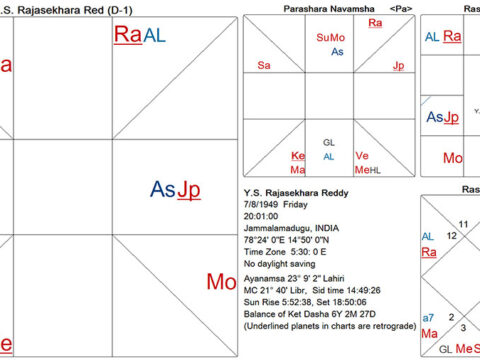

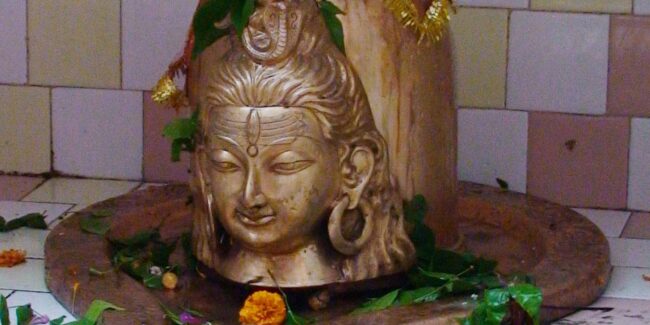
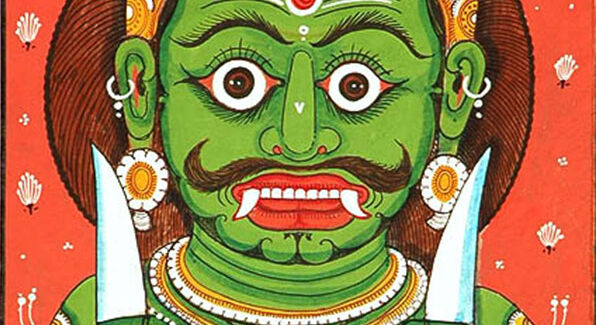
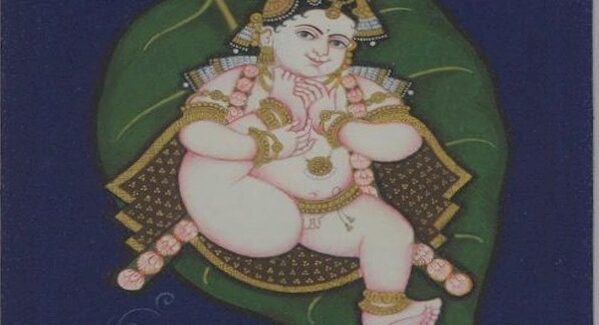
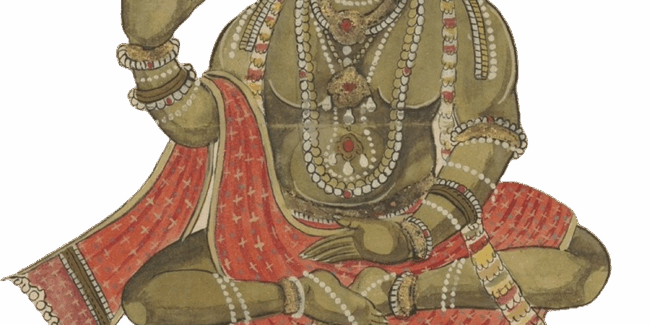
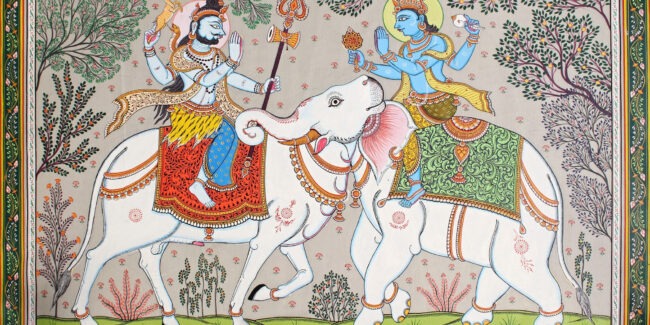
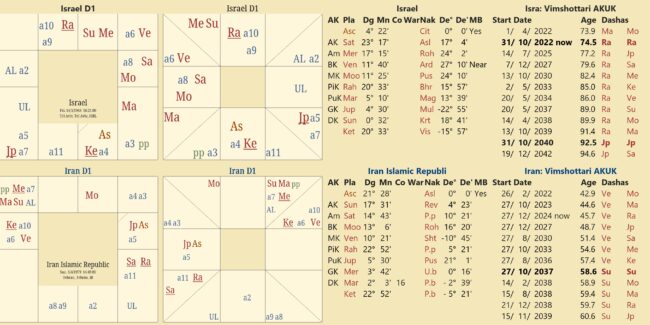

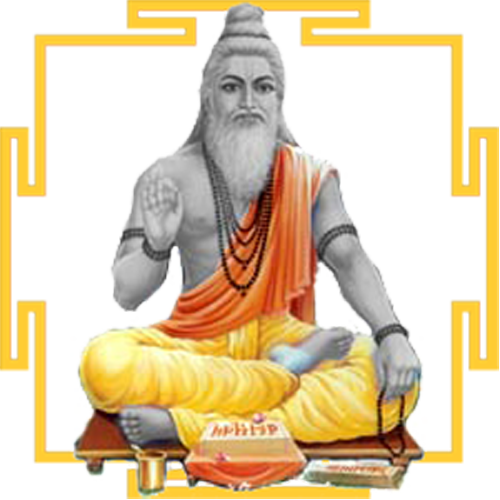 DBC offers online courses in jyotish (Vedic Astrology) taught directly by Sanjay Rath as per the tradition, through narrated power points and other audio tools. The courses are at different levels, from the beginners through the intermediate to the advanced and are known as SoHamsa | DBC courses, with individual classrooms and assistant teachers
DBC offers online courses in jyotish (Vedic Astrology) taught directly by Sanjay Rath as per the tradition, through narrated power points and other audio tools. The courses are at different levels, from the beginners through the intermediate to the advanced and are known as SoHamsa | DBC courses, with individual classrooms and assistant teachers
 Sagittarius Publications is the publisher and distributor the popular quaterly magazine the Jyotish Digest, as well as many thorough books on the subject of Vedic Astrology or Jyotish.
Sagittarius Publications is the publisher and distributor the popular quaterly magazine the Jyotish Digest, as well as many thorough books on the subject of Vedic Astrology or Jyotish.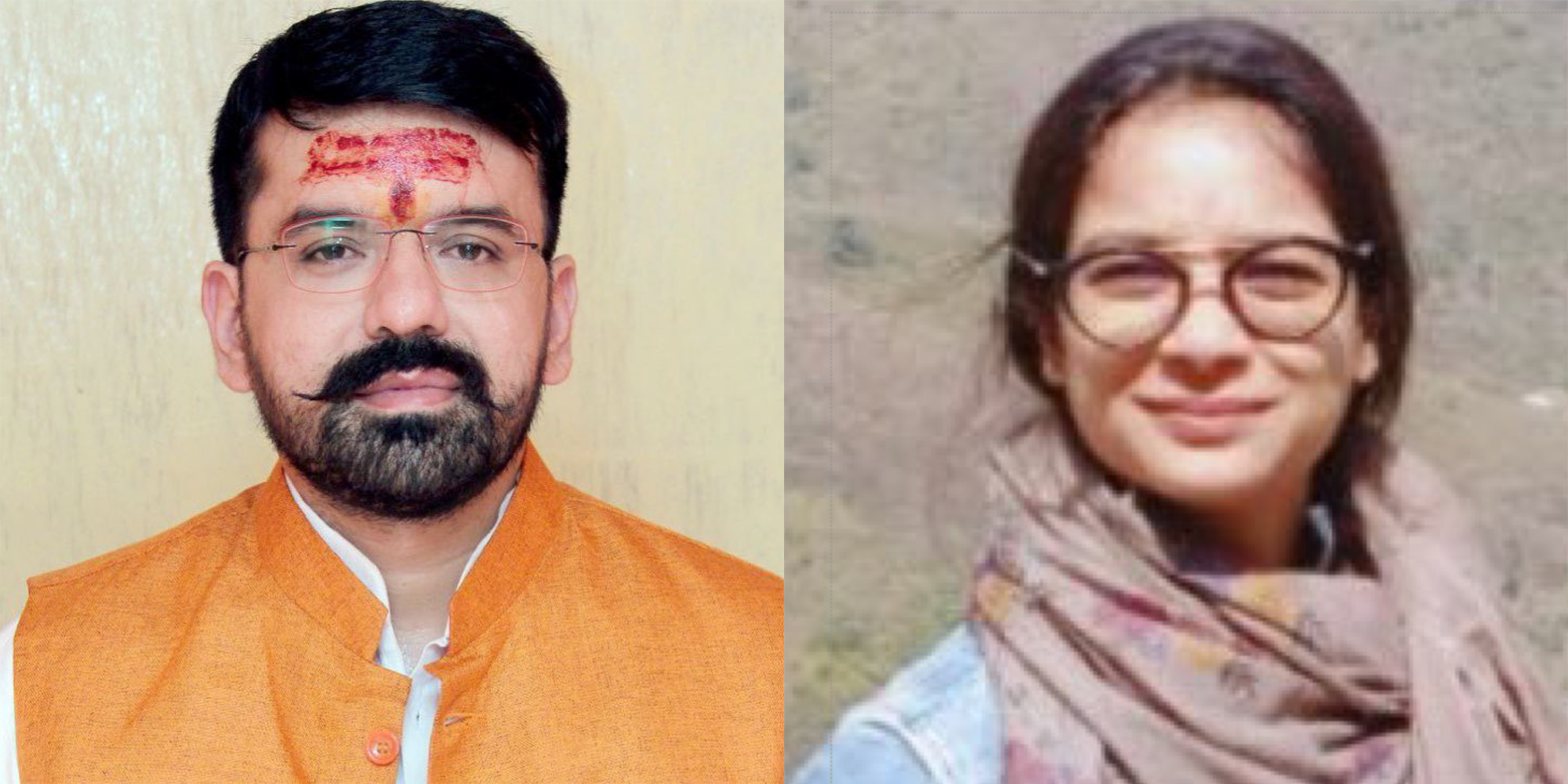 We have an excellent pandit Divākar ‘Deva’ Mishra, who is from the priests of Vindhyāvāsini Siddha Pīṭha to guide you through the hundreds of temples of Kāśi [Varanasi] and neighbouring regions. He can organise your pūjā, keep you safe and take care. He is supported by an English-speaking well-travelled spouse ‘Supriya Mishra’. Please contact them directly for any services, remedial pūjā and tours. They handled the 60+ member Kāśi Jyotiṣa Group 2022.
We have an excellent pandit Divākar ‘Deva’ Mishra, who is from the priests of Vindhyāvāsini Siddha Pīṭha to guide you through the hundreds of temples of Kāśi [Varanasi] and neighbouring regions. He can organise your pūjā, keep you safe and take care. He is supported by an English-speaking well-travelled spouse ‘Supriya Mishra’. Please contact them directly for any services, remedial pūjā and tours. They handled the 60+ member Kāśi Jyotiṣa Group 2022.
Can you please kindly clarify for me: is it effective to perform some remedial measures being adult and not in childhood as was recommended by the great Sages ? (if yes, which ones would be the most appropriate, considering the last portion of Ashlesha nakshatra) I was born outside of hindu cutlture and my parents didn’t know such things.. And also, does being born at the very begining of gandanta nakshatra makes any difference ? (like 5-7 min.)
Read about birth in different padas of the ganda nakshatra in other posts.
Gandanta is serious business and there are other calculations as well
pl enlighten about lagna gandanta as my only son is born (now crossed 10 years) in lagna gandanta and at the same time when lagna changes to next rasi that is leo. he is a down syndrome .
If you give the details in the Forum or email me, I can show you how this works. It is serious obstruction
should we not give lagna more importance for ganda nakshtra than moon.
Pandit ji ,Article on Gand mool Nakshtra is very informative.Done a good job becuse many astrologer does not understand Importence of Mool Nakshatras.
With Regards
Dear Sanjay ji, what happens if the atmakaraka or any planet other than the moon is placed in the gandanta portion?
Step by step Aparna. At this stage I am exploring the Gandanta Nakshatra itself in which I am considering the entire nakshatra. However, this may not be as serious for other planets as their orbits of influence is far smaller than the Moon. The Moon is the most influential, it is the mind and is also the over-lord of all the nakshatra. Moon is the giver of life and its Soma feeds the beings. Thats why I am focusing on the Moon first. Later others will follow. For that we need to first study the results of planets in Nakshatra. But thats far away right now. We need to finish Nakshatra, then Tithi and Lagna Gandanta before proceeding.
Thank you for your reply Sanjay ji. That makes complete sense.
Regards, Aparna
Dear sir,
As usual, the write up is super and makes subject of Naksatra Gandanta crystal clear.
The concept and its implication have been controversial and less understood.
It is first time I am seeing article on Gandant in suah a depth.
As per earlier understanding there have been many sayings about mool and abhukta moola janma. If a girl is born in mool she will cause ruin to his parents family whereas a boy born in Mool may become famous as a king is famous.
According to another version If a boy marries a girl of Mool Nakshatra the boys mother becomes widow within a year. Similarly if a boy marries a girl of Aslesha Nakshatra the girls mother- in- law dies very soon.
Another superstition is a child especially a girl is born in Moola , The father should not look at it for 28 days. Father should look at face of girl after her reflected face is seen in Til oil.
3 . ABHUKTAMOOLWAS DEFINED. The last degree/ ghati of constellation Jyestha and first two degrees/ghati of Moola together are called Abhukta Mool.
A child born in Abhukta Mool usually struggles for survival and it will do things contrary to the progress of the clan in which it is born. As a corollary A child born in the last two degree of Asslesha and first degree of Makha faces the same fate.
In practice these thoughts holds true in about 80 to 90 % cases.
4.The deities ruling first 31 ghaties of Mool Nakshatra are respectively 1 Raakshaa 2 Yaatu 3 Dhanna
4 Chandra 5 Sukra 6 Sarpagana 7 Pitru 8 Maatru 9 Yama 10 Kaala 11 Viswadevata 12 Maheswara
13 Sharvan 14 Vaishravanana 15Sukra 16 Megha 17 Divaakra 18 Gandharva 19 Yama 20 Brahma 21 Vishnu 22 Yama 23 Easwara( siva) 24 Vishnu 25 Eleven Rudra 26 Pavan 27 Munigana Subrahmanya 28 Nandikeswara 29 Gouri 30 Saraswati 31 Prajapati.
The cycle continues .
In case of Aslesa Cycle is reversed. It begins with Prajapati and ends with Rakashasa.
5. The general results of children born in MOOLa are not bad to extent described.
The children born in 3,34,4,35,7,38,10,41,13,44,16,47,17,48,19,50,20,23,51,54,27,58,29,60,30,61,31 and 62 ghatis do not suffer any type of Moola Dosha.
This sloka is in context.
Sukheva yukto dhana vahanadhyo himstro baladkathaha karma karta;
Pratapilaarati janmanushyo moolo krutisyaajjananam prapannaha.!!.
Therefore it is extremely difficult to remember all the details and apply cautiously.
6. We have classical example from past about Sant Tulsi Das. He is reported to have been born in abhukta mool gandanta..
Father was Mr.Atma Ram Duby and mother was Hulasi and they were Sarupari Brahamin.Child overstayed and was in womb for 12months.He had full set of teeths at birth itself.
Father was worried and mother sent child on Dasami Thithi to her parents with servant. Mother dies on Elevnth thithi. Servant reared child but died when Tulsi was around five and half year old.
Father died when Tulasi was 6 month old.
Tulasi das given sacred thread on VS 1561 of Magh shukla panchami Day was Friday.
He was married on VS 1583 jeyastha shukla 13 day was Thursday
Naturally study of his chart would have been interesting. I have come across many charts of Sant Tulasi das, but they are not convincing as they do not justify birth circumstances.
As per north Indian sources from vaishnav sampradya , it is believed That Sant Tulasi das was born n VS 1554 ( AD1497) on 7 th month of Sravan at about Sunset .Old Village called Rajpur was somewhere between Allahabad and Banda . We may take Banda as birth place.
There were two Sravan month in Samvat 1554 and birth of Tulasi das occurred in adhik maas.Day was Saturday.
Tulasi left his mortal coil on vs 1680 sravan Krishna tritya Saturday at age of 126.
I have failed to get correct chart using J hora as Birth data does not fit in.
Therefore I urge That Chart of Tulasi is worked out and Abhukt mool results are verified by those who want to be precise, with exceptions listed.
RCS.
Can you share the chart of Tulsi Das Prabhu? If you can give the date/time/place/lat/long then we can go ahead and see how this works out
Hari Om
Namaste Gurudev,
Thank you kindly for sharing this knowledge; that we might become fluent in this divine trika system.
praṇāma
mana